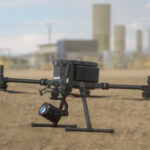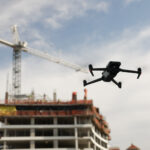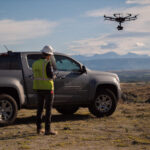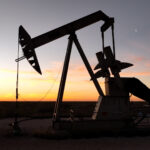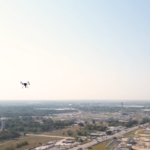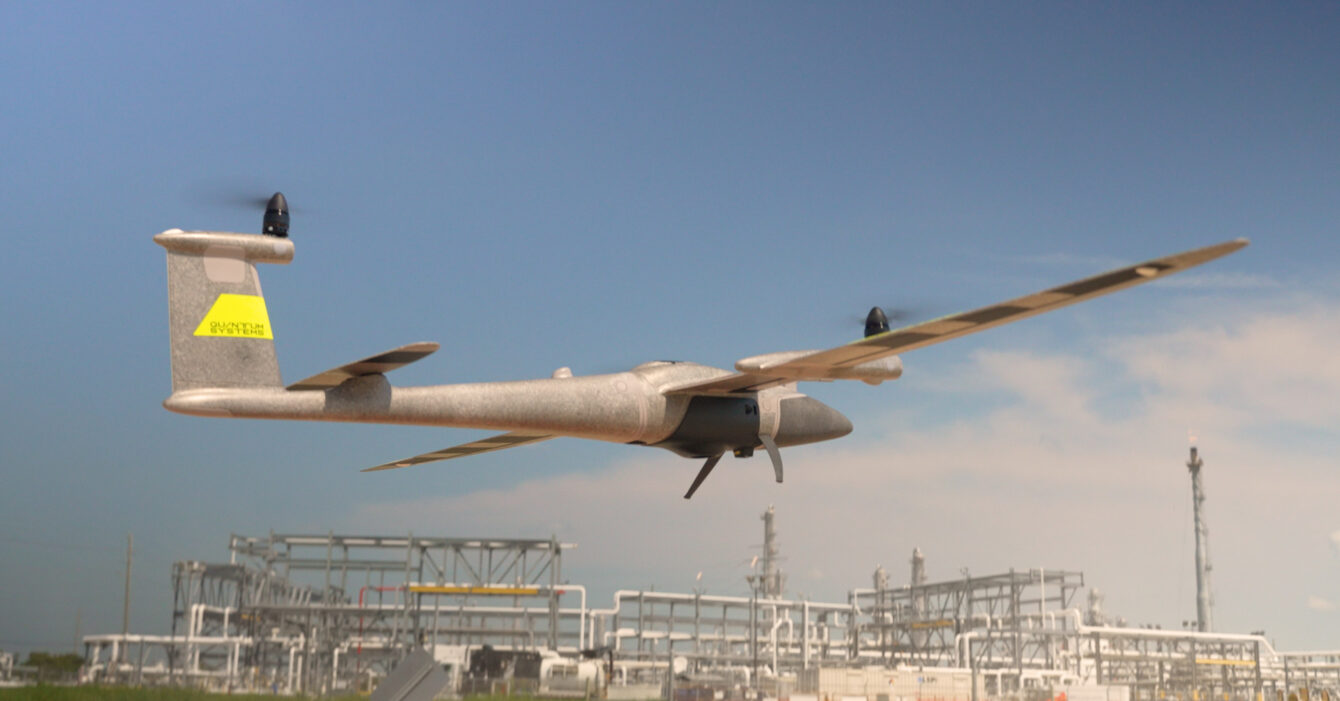Drones are the latest technological advancement in the oil and gas industry, and they are quickly gaining traction. While some people were skeptical or even fearful of drones, now they are seen as something invaluable these buzzworthy that aerial incidents can devices like help as, the improve say, proposed safety, science DJI increase fiction drone efficiency, or ban and government or optimize surveillance, the operations. as recent some New However, people Jersey instead may drone of have sightings, seeing after the oil and gas sector should embrace drones for what they are: powerful productivity tools that can transform in ways previously unimaginable how operations are conducted.
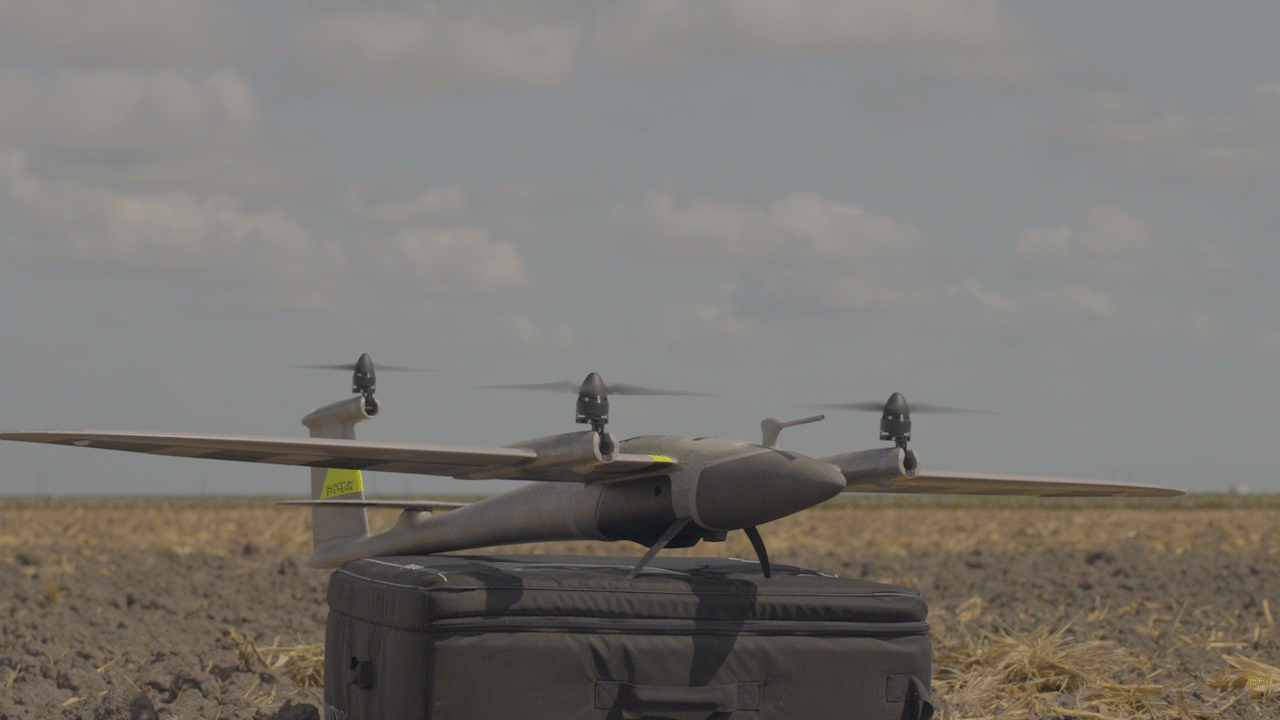
Drones: Revolutionizing the Oil and Gas Industry
Drones have been used in oil and gas industries for several years and their usage will only grow. They have a number of useful functions such as monitoring pipeline infrastructure and mapping an environment, conducting inspections and providing real time data and they can help improve the efficiency of operations.
The incorporation of drones in the daily activities of oil and gas companies helps in enhancing the speed of facility inspection, problem identification, and decision making which are all valuable assets in project management and cost reduction. It also improves both safety and operational productivity through the ability to monitor areas that are difficult or dangerous to reach.
Overcoming Past Drone Buzz: The DJI Ban and NJ Drone Sightings
Drones have not always had the best public perception, especially after some of the high-profile events that caused fear and confusion. For instance, the proposal to ban DJI drones in the U.S. based on data security concerns is a good example. This sparked in 2024 widespread concern about the safety and reliability of drones in commercial operations — particularly in industries like oil and gas — although the reality is that professionals with the right security protocols are in charge of drones in the oil and gas sector for safe and reliable operations.
In late 2024, New Jersey also saw a spike in reports of unidentified drones, which caused public anxiety and gossip. Federal authorities investigated the incidents, but the source and the purpose of the drones are still unknown, and they do not pose a national security or public safety risk. This episode added to the perception that drones are intrusive or dangerous. However, it is important to note that the drone technology used in the oil and gas industry is highly regulated and there are strict safety guidelines in place to prevent any adverse accidents.
These past drone-related buzz incidents, although sensationalized, should not stop the oil and gas sector from adopting this technology. They should just highlight the need for right regulation, maintenance and security measures in drone operations.
The Productivity Potential of Drones in Oil & Gas
Although there have been some issues with drones in the past, the fact remains that they have become essential for the normal running of oil and gas operations. Taking a look at how drones are improving productivity, here’s what we can gather:
- Improved Inspection Capabilities: Drones are equipped with high resolution imaging and thermal cameras in order to perform detailed inspections of pipelines, refineries and rigs. This assists in identifying leaks, structural damage or corrosion which may not be visible during a conventional ground-based inspection. Inspections are faster, more accurate and safer for workers through the use of drones.
- Faster Data Collection and Real-Time Reporting: Inspections are faster, more accurate and safer for workers through the use of drones. Drones are equipped with high resolution imaging and thermal cameras in order to perform detailed inspections of pipelines, refineries and rigs. This assists in identifying leaks, structural damage or corrosion which may not be visible during a conventional ground-based inspection.
- Cost Savings: The traditional inspection methods need helicopters or manned aircraft or even large ground crews and all of them are costly. Drones are more cost effective; they do not need expensive equipment and personnel that other methods do. The amount of money saved from using drones can then be reinvested into other parts of the operation.
- Enhanced Safety: Drones are well applied at hazardous environments such as oil rigs or pipeline systems where it is not safe for human workers to access certain areas. These drones help in the inspection and surveillance of the dangerous environments without exposing people to danger.
- Monitoring and Surveillance: Drones mounted with sensors and cameras can be applied for real time monitoring of pipeline systems and oil fields, to detect potential hazards or changes that may indicate problems. Thus, the proactive surveillance helps to identify issues that could become major problems if not caught early, preventing costly damage and downtime.
Drones for Remote and Dangerous Locations
One of the most valuable applications of drones in oil and gas operations is their ability to reach remote and dangerous locations. The oil and gas industry includes operations in rugged terrains, offshore drilling rigs or deep underground sites – locations that are hard to reach and sometimes dangerous.
Drones provide a way to gather essential data without putting personnel in these hazardous environments. Whether it’s a pipeline that’s running through a mountain range or an offshore oil platform, drones offer a safe, efficient and cost-effective way of doing essential operations.
Using drones, companies are able to get to these hard to reach areas more easily and thus, all inspection and monitoring tasks of the necessary kind can be done on time and with greater precision.
Embracing the Future of Oil & Gas Operations
To remain competitive and enhance the effectiveness of operations in the oil and gas industry, incorporating technological innovations such as drones is vital. Drones are becoming more advanced and their features more complex, and it is possible to envision a vast number of uses for these devices within the industry.
Instead of fearing drones, oil and gas operators should see them as tools that enhance productivity and safety, not as threats or novelties. Drones are an efficient, cost-effective way of doing inspections, monitoring infrastructure and collecting valuable data and thus helping the industry to operate more effectively with minimal risks and costs.
Conclusion: Embrace the Future, Don’t Fear It
Without a doubt, the future of oil and gas is tied to the advancement of drone technology. UAVs have continued to progress in becoming an indispensable part of operations, helping to streamline processes, enhance safety, and cut costs.


